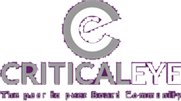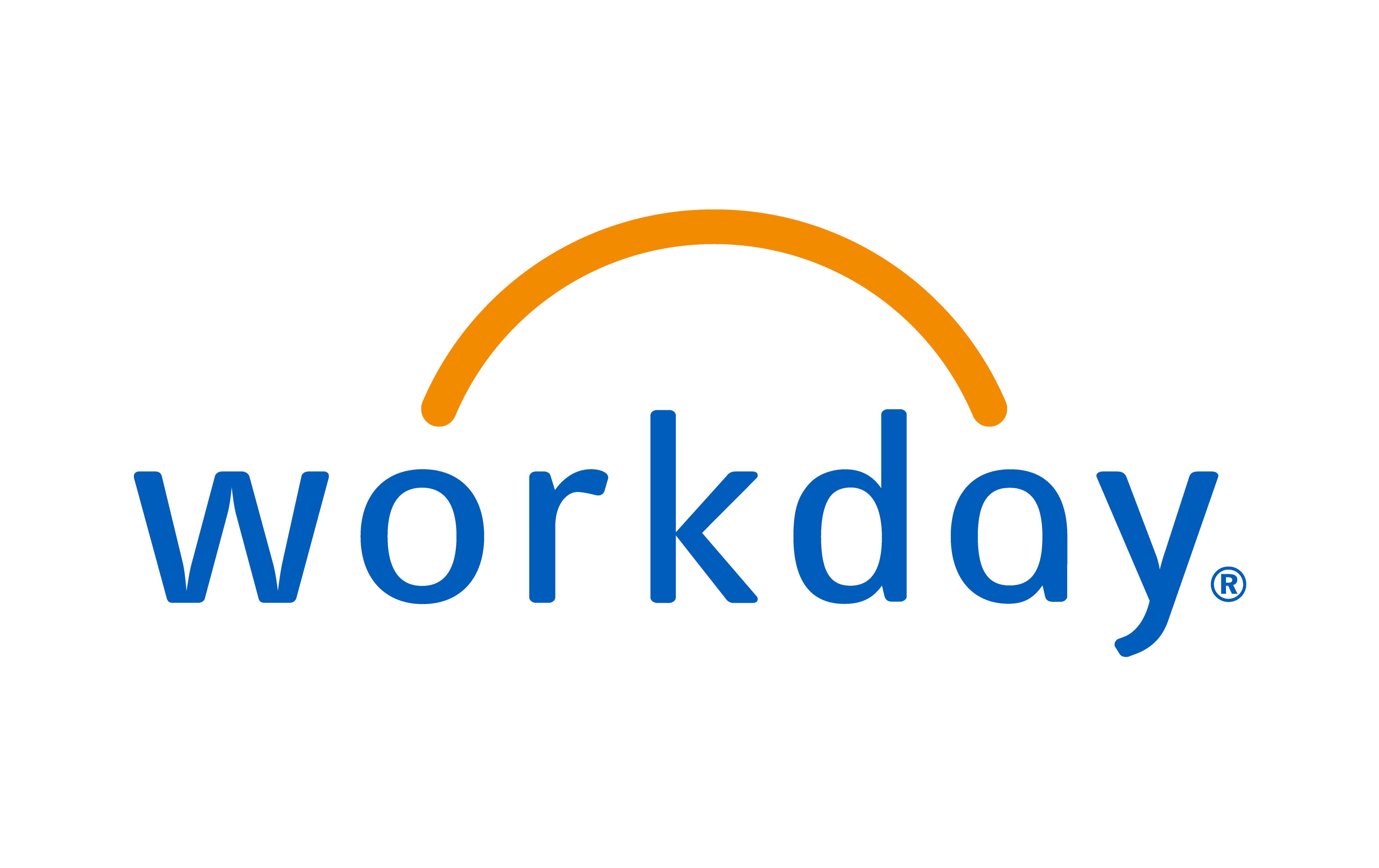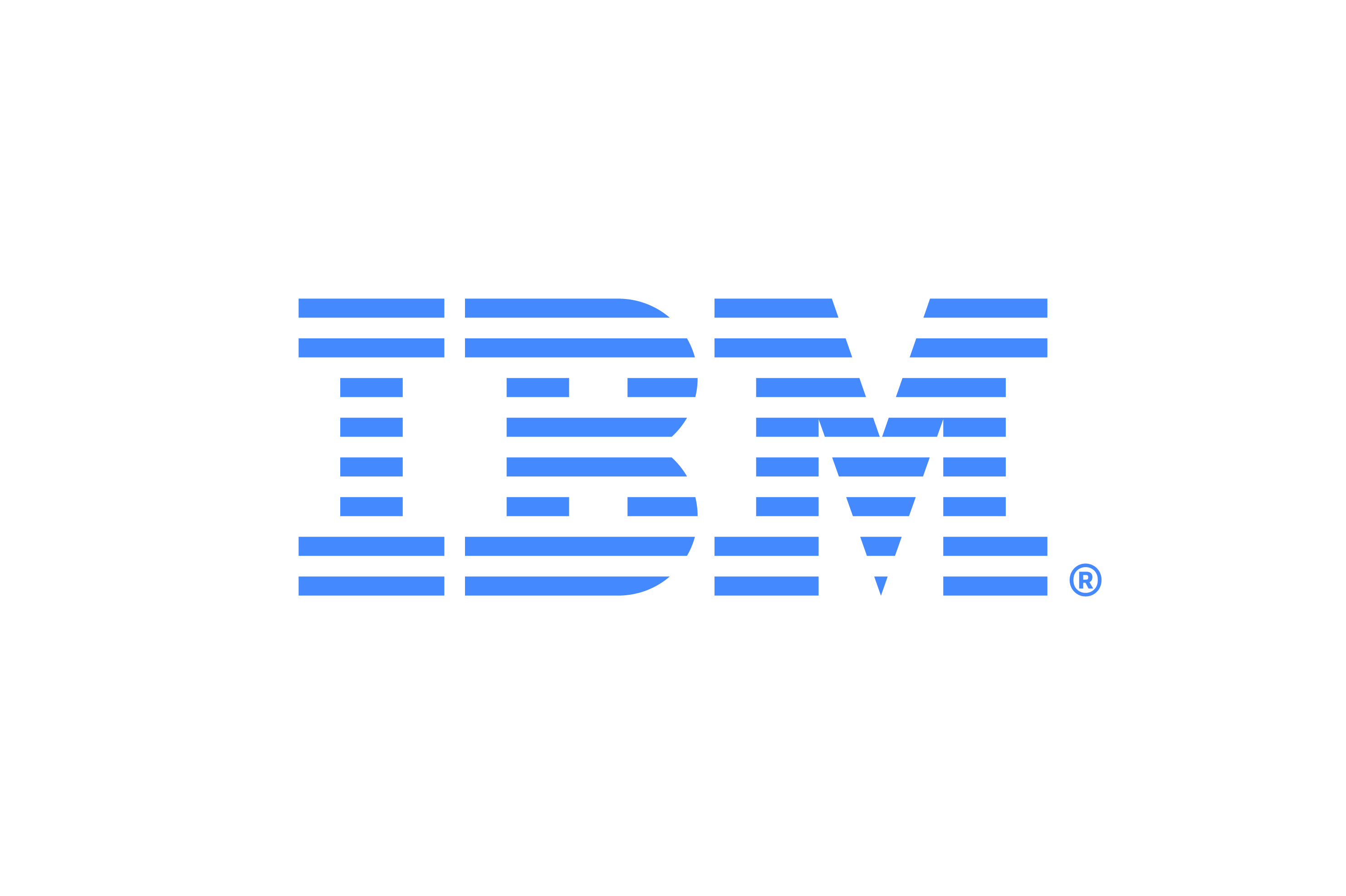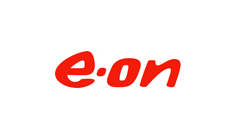Community Update
The Relationship between CFO and CPO

In an era where cost discipline and cultural resilience are equally vital, the relationship between the CFO and the CPO is becoming one of the most influential on the executive team.
At a recent virtual roundtable hosted by Criticaleye, senior leaders came together to explore how this dynamic is evolving and why mutual respect, shared language and strategic alignment are more critical than ever.
“CFOs are under increasing pressure to be both strategic and operational leaders,” said Neya Patel, Senior Account Executive and CFO Lead at Criticaleye. “The ones making the biggest impact are often those working closely with strategic CPOs—not just to manage cost, but to shape culture and deliver transformation.”
While the CFO traditionally focused on hard numbers and the CPO led on ‘softer’ people issues, those lines are blurring fast. Business transformation, productivity and long-term value now sit at the crossroads of finance and people leadership. And getting that relationship right is foundational to organisational success.
A Relationship Built on Trust
Heather Hayes, Global HR Director at Lightsource bp, has worked with a number of CFOs over her career. Reflecting on the qualities and characteristics needed for the two functional leads to work together and flourish, she said: “There's been a sort of trust in not just the roles we play, but in the relationship between us. I think that takes a little bit of time to build and acknowledge your strengths and weaknesses ... [I]t's also built on best intent that the CFO and the CPO are always going to be working in the best interests of the company.”
That openness becomes especially important when making tough decisions with significant cost implications. Heather highlighted how she and her CFO [Bernardo Goarmon] approach these kinds of challenges together, weighing the trade-offs between financial efficiency and organisational impact. “We were thinking about: ‘How do you manage your employment cost base?’ And he [Bernardo] would help me model out what that would look like. What are the impacts? What would the savings be? Where can re-investment take place ? ... He’s been really instrumental in helping shape how we improve our operational efficiency.
“We’re both always looking to maximise the impact for the company, understanding the overlaps between the roles, accepting that those overlaps exist and working even more closely together where they do.”
From Cost-cutting to Culture
For Eoin Corcoran, CFO at Smart Pension, working closely with the CPO is essential in today’s fast-changing work environment. He said: “One of the things we did was to put the people and finance teams beside one another in a recent office move. It sounds basic … But it’s made a real difference for the teams to build personal relationships and to be able to work together so efficiently.”
Eoin also described how his own view of the CPO role has shifted in recent years. While earlier iterations of the role were more operational, he now sees it as a key driver of strategic challenge—and cultural coherence. “I've gone from a situation where there wasn't a huge amount of challenge coming from the top person in the people organisation, to a situation where our current CPO provides a lot of challenge,” he said. “She doesn’t pull her punches; she’s super into detail, very analytical, very numerate. It’s been really helpful for me to have a CPO who proactively helps to drive the financial objectives of the business.”
From the Boardroom perspective, the CFO–CPO relationship is not just a matter of functional cooperation—it’s central to long-term business performance.
Yetunde Hofmann, Independent Non-executive Director at Cranswick Country Foods and a Criticaleye Board Mentor, shared how her own experiences, especially as someone who in her executive career was a HR leader, have demonstrated the unique power of that relationship. “We both are business leaders,” she said. “We may have different areas of responsibility, but we have a duty, a commitment and an accountability to get along and understand each other. When our people get along and our functions work together, the business will succeed. I’ve seen it and I’ve experienced it in an organisation.”
This interdependence is increasingly being recognised at Board level, with more organisations embedding HR insight into governance conversations. “What I find is that many Boards are compensating for not having a CHRO as an executive Board member by appointing people like me—with HR backgrounds—onto Boards,” Yetunde explained. “That’s increasingly helping Boards understand how important this role is. People and money drive an organisation. People make the culture. Money provides a key resource.”
She continued: “When setting strategy and budget, you also need to look at the culture and the capabilities needed. That has to turn into something tangible: what money is paid and invested, when, where, and how? What’s the message to investors? To your stakeholders?
“That’s where the RemCo comes in. That’s where the CPO comes in. It’s a powerful relationship—it’s not just mutually dependent, it’s like a business marriage.”
As organisations navigate cost pressures, cultural shifts and heightened expectations from Boards and investors alike, the partnership has become a real accelerant for an organisation. “When the CFO and CPO lead together, it sends a powerful signal, internally and externally, that people and performance are part of the same agenda,” said Neya.
Bridgette Hall, Senior Editor, Criticaleye






















 (002).png)

